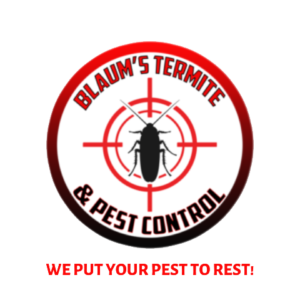
Pest Control Chelmsford is the treatment or regulation of a pest population, a part of the animal world that has a negative effect on human activities. The human reaction will vary depending on the severity of the damage, which will range from adaptation to prevention and control to efforts to eliminate the pest entirely.

Pests are controlled in agriculture using cultural, chemical, and biological methods. Pests are reduced by plowing and cultivating the soil before sowing, and there is a new movement to use pesticides as little as possible. This can be accomplished by closely watching the crop, only using insecticides when absolutely appropriate, and cultivating pest-resistant varieties and crops. Biological methods are used wherever possible, promoting the pests’ invasive species and adding appropriate pests.
Pest control methods in agriculture
- Biological pest control
The use of other species to manage pests like mosquitoes and mites is known as biological pest control. Predation, parasitism, herbivory, and other natural processes are used, but it usually often requires aggressive human management.
- Cultural control
The use of hands-on methods, as well as basic tools and instruments, to create a defensive shield between plants and insects is known as cultural pest control. Tillage is one of the oldest weed control and pest control methods; wireworms, the larvae of the common click beetle, are very destructive pests of freshly plowed grassland, and frequent cultivation exposes them to the birds and other predators that prey on them.
- Trap cropping
It’s a plant’s seed that draws pests and diverts them away from surrounding crops. Pesticides or other techniques may be used to combat pests that have gathered on the trap crop. However, without the use of pesticides, trap-cropping has always struggled to decrease pest densities on vast commercial scales, likely due to the pests’ tendency to spread back into the main area.
- Pesticides
To combat weeds, pesticides are spread to crops using farm planes, tractor-mounted crop sprayers, aerial spray by modern planes, or seed dressings. However, pesticide control is not easy; the right formulation must be selected, timing is always critical, the application method is critical, and sufficient coverage and crop retention are needed.
- Hunting
Pest management may also be accomplished by physically tracking down, killing, and removing pest species, which are often small to medium-sized wild or feral rodents or birds that occupy ecological niches near fields, pastures, or other human settlements. The culled creatures, known as vermin, could be hunted because they are thought to be dangerous.
Pest control methods in-home or cities
- General methods
General methods are the common methods for pest control like Physical pest control which involves the capture or eradication of pests such as mosquitoes and rodents, Poisoned bait in which Cats, rodents, birds, slugs, snails, ants, cockroaches, and other pests are commonly controlled, Fumigation is the process of creating a building to destroy pests like wood-boring beetles by covering it or lining it with an airtight cover like a tent and fogging it with liquid insecticide for a long period of time, usually 24–72 hours.
All the methods differ according to the situation and the type of pests to be killed.

